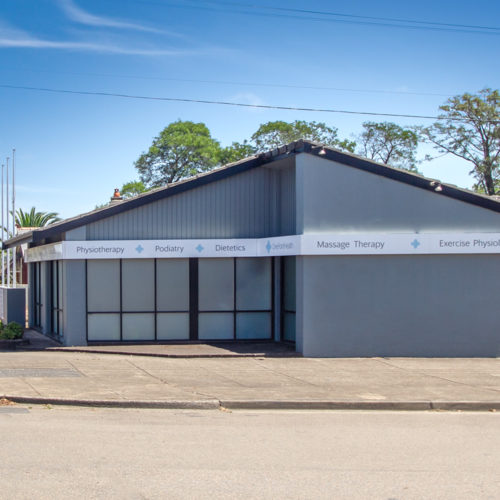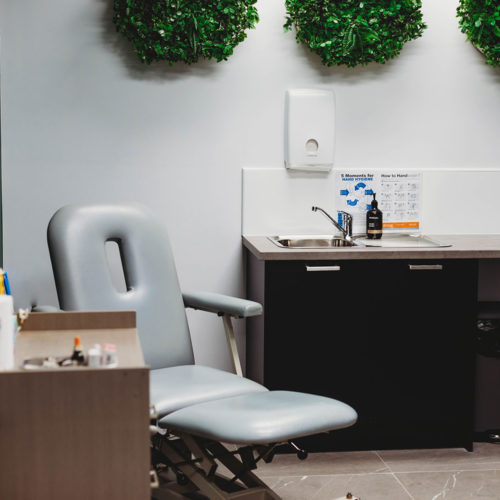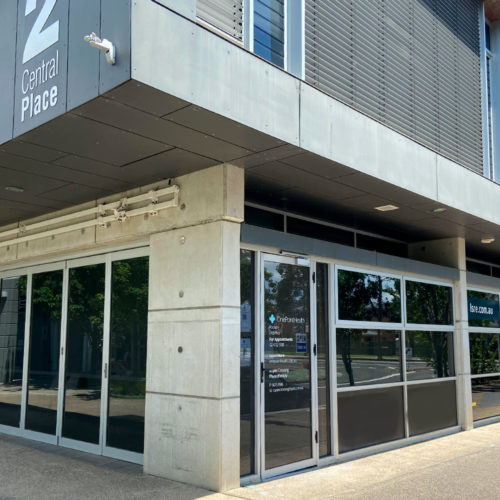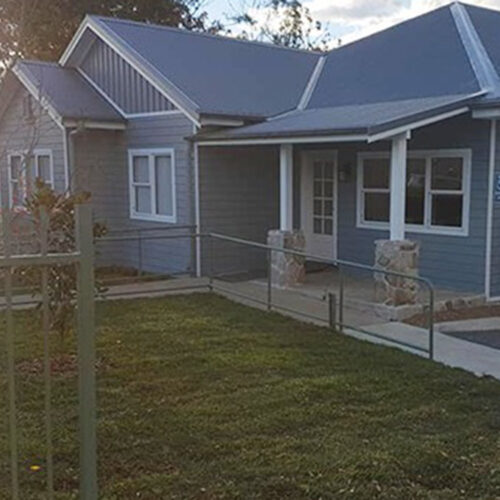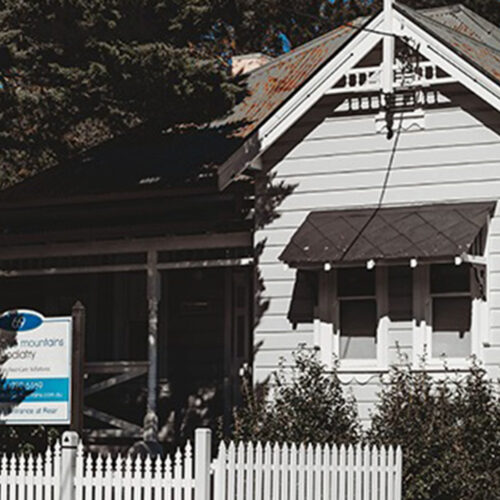What is a Cervicogenic headache?
There are many causes of headaches. Cervicogenic headaches usually of mild-to-moderate intensity and can be accompanied by neck pain. Most typically, the pain begins in the neck from irritation of the upper neck joints and then spreads to a headache. Headaches that are Cervicogenic in nature usually are felt at the back of the head and behind the eyes, however this can vary for each individual.
What causes a cervicogenic headache?
Cervicogenic headaches are caused from irritation of the upper joints of the neck. These joints can be irritated by numerous things, the most common of which is poor postures and bad habits. Some examples include, prolonged sitting, poor sleeping position or holding a bag on the same shoulder. The joints can also be injured by trauma such as in a sporting injury or motor vehicle accident. These type of injuries will result in acute neck pain or whiplash but may contribute to ongoing Cervicogenic headaches. In the late middle-aged to older age groups, osteoarthritis of the upper neck joints is another common cause of cervicogenic headache.
Signs and symptoms of a cervicogenic headache
It can sometimes be difficult to determine if your headaches are cervicogenic in nature as symptoms may cross over with other forms of headaches as well. Correct diagnosis is important, as each headache type requires a different treatment method. Good history taking from a health care practitioner will help determine if you suffer with Cervicogenic headaches. Commonly these types of headaches will cause pain behind the eyes, across the forehead, across the base of the skull and referred over the head. The pain be bilateral or just one sided. They may or may not be accompanied with neck pain. Cervicogenic headaches respond very well to Physiotherapy treatment, where other forms do not respond as well. One assessment can identify if we can help your headache.
Conservative treatment of cervicogenic headaches
Education, advice and assurance is vital to ensure the patient understands the nature of their headache snd how to manage their symptoms.
Activity modification will include changing postures throughout the day, avoiding sustained sitting, changing sleeping positions, correcting lifting techniques and potentially amending training regimes to help reduce stress on the neck.
Manual therapy and exercise perception are also implemented to help alleviate symptoms of Cervicogenic headaches both short and long term. They are designed to help improve movement in the neck and train supporting muscles of the neck and shoulder girdle,
Self-management programs are utilised for long term management to prevent recurrent headaches. It includes exercises, tips and lifestyle habits relevant to each individual.

